This question is related to diagraming a software process. As an electrical engineer, much of the software I do is for embedded micro-controllers. In school, we learned to illustrate our algorithm using a flowchart. However, nowadays, many of my embedded projects are heavily interrupt-driven where the main process runs some basic algorithm a variety of interrupt sources provide its stimulus. So, my question is, what are some diagramming techniques that I can use to illustrate my process such that future developers can understand what I am doing easily and get involved in development?
Here are some key features that I am looking for:
- Shows data structures and how data is passed between processes & interrupts
- Shows conditions that cause each interrupt
- Shows how data is gathered and passed through a downlink
- Shows how command messages are received, parsed, and executed
- Ideally is well suited for hierarchical breakdown into smaller processes with greater levels of detail






